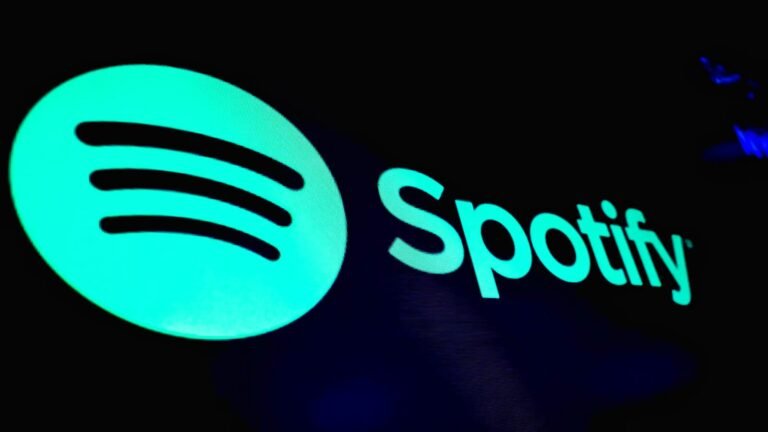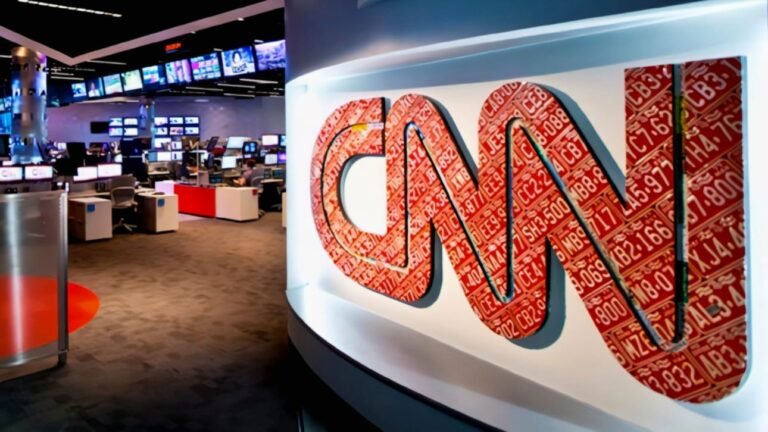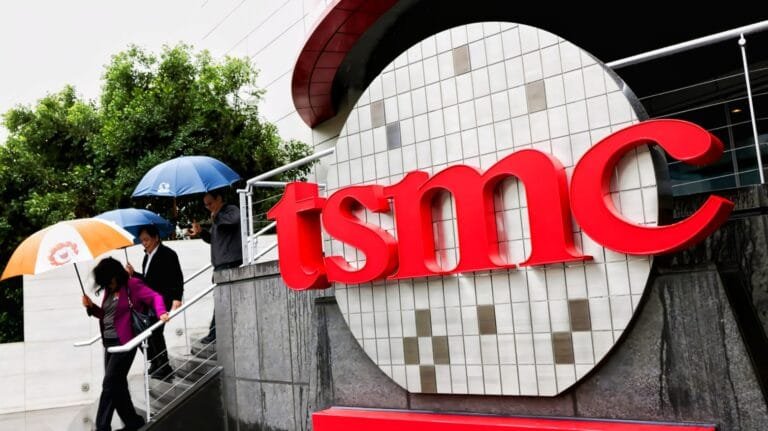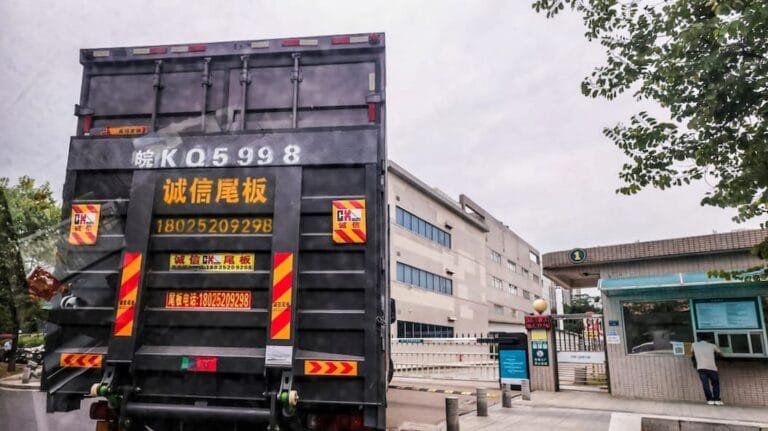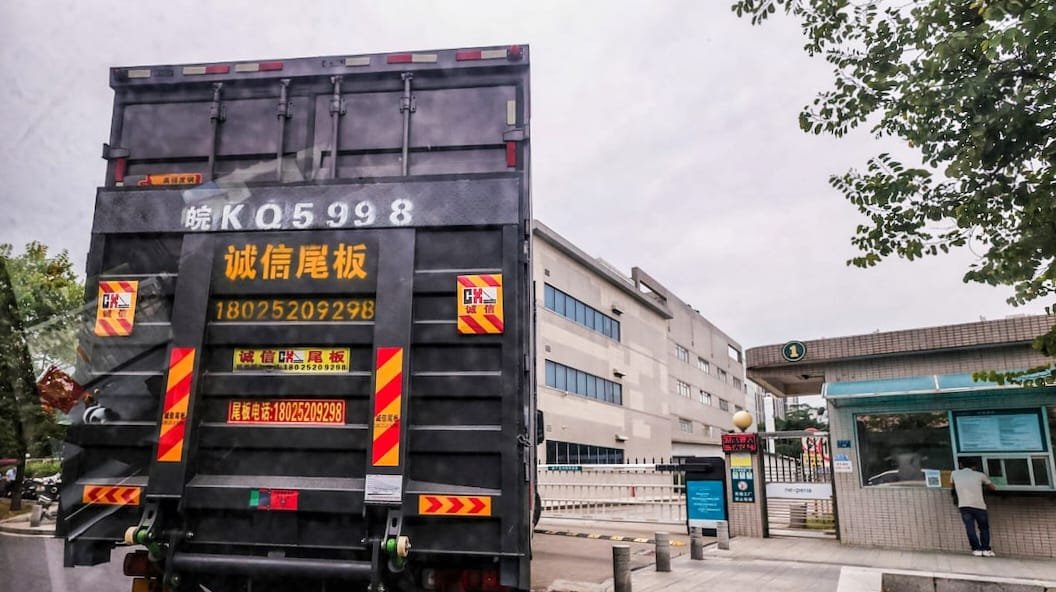
The Nexperia crisis triggered a major shortage of essential low-cost automotive chips.
Nexperia crisis is a Dutch company. It manufactures chips. The chips are cheap, costing less than a penny. They are used in cars, such as brakes and electric windows. The company was founded in 2017. NXP sold its division. Chinese investors acquired it. Wingtech Technology took control in 2019, valued at $3.6 billion. The company’s headquarters are in Nijmegen, but China has significant operations. The Dongguan factory, in the Pearl River Delta, is crucial for global supply. The auto industry uses 60% of its products. Customers are in Europe, the US, and Asia. Tier 1 suppliers are key, such as Bosch and ZF. Nexperia is a leader in low-tech chips, but is dependent on China.
Cause of the Nexperia crisis
The crisis began in September 2025, when the Dutch government took control, for national security reasons, to prevent technology from going to China. US-China tensions escalated ahead of the meeting between Trump and Xi Jinping. China halted rare earth metals exports. The US increased tariffs. Nexperia was also affected, and the Dutch invoked Cold War law. There was US pressure, and China reacted. Export controls on Nexperia’s Chinese factories were reimposed until October 4, 2025. Nexperia warned clients on October 10. No delivery guarantee.
CEO Zhang Xuezheng was removed. Stephan Tilger became interim CEO. The Chinese subsidiary declared independence. Despite promising to follow local instructions, the Netherlands halted shipments of wafers to China. Allegations of financial misconduct arose. The Chinese subsidiary, which the Dutch government took control of in October, denied the allegations. Governance issues emerged. This became an operational problem, not a regulatory one.
Impact on the Auto Supply Chain
The crisis hit the auto industry. Nissan reduced Rogue SUV production. Honda also made cuts, and Bosch reduced factory hours. Orders worth 200 million euros annually were not initially available. Alternatives were not found, which put other suppliers like Omovio, ZF Group, and Hella at risk. Production could have stopped. Just-in-time inventory became a problem. Chips are soldered onto components, making substitution difficult. Testing takes months. Still, China’s dominance has halted global production. Some companies are making payments in yuan, but there is a backlog.
The European automakers’ group, ACEA, issued a warning: Chips could run out in a few weeks. Devastating shortage. Volkswagen said its German plants are safe for now, but uncertain. The Alliance for Automotive Innovation in the US demanded action, which extended the assembly stoppage to November. BMW, Mercedes, Renault, and Stellantis are monitoring. No closures yet, but there is a risk. However, Nexperia resumed sales to some distributors in late October. But payments in yuan are still not foreign currency. Transaction backlog. Austria’s Mellux and Jabil sourced chips from a Chinese entity using yuan payments.
Comparison with previous Nexperia crisis
Automakers haven’t learned from the past. COVID-19 halted semiconductor production in 2020, yet a Japanese factory fire in 2021 caused a surge. Automakers promised to maintain several months of inventory, but they’re not prepared for geopolitical risks. Julie Boot said the industry planned inventory after the last crisis, but it wasn’t implemented. Nissan’s Guillaume Cartier admitted that changing supply chains takes time, and not everything changes in three years. Toyota is different. Ambrose Conroy said no one was prepared for geopolitical disruption after the 2011 Japan earthquake, but still hasn’t. Li Xing pointed out the dependence on China in the low-end segment. China can control it. There’s no way out. This crisis shows that not only high-tech, but low-tech is also important.
Response and Resolution
The Dutch government reversed its decision last week. China allowed some exports until November 2025, following Trump and Xi’s Seoul meeting. Production halts were averted for Bosch, Amovio, ZF, and Hella. Nexperia also resumed sales. Chips piled up at the Dongguan plant due to the yuan issue. Companies like Infineon, ON Semiconductor, and STMicroelectronics are looking for alternatives, but validation is lengthy. Valeo secured replacements. Bosch planned short-term work. ACEA said, “The Chinese announcement is welcome. Export controls have been lifted, but wafer export restrictions remain. The problem is not completely solved. Automakers are increasing inventories.” Rationalization is underway, but political solutions minimize disruption. However, risks in November.
Future Implications non Nexperia crisis
This crisis will bring a focus on supply chain resilience. Diversification is essential, but expensive. Alfredo Montufar-Helu said, “Everyone will discuss resilience. Then, they will look at costs. OEMs will hold excess inventory in critical regions. They will reduce their dependence on China. But substitution won’t happen overnight. Parts look similar, but perform differently. Testing may take years. Hella is shifting to a second source. But it will take time. Despite this, the global industry remains dependent on China for mid- and low-end components. Experts warn that vulnerabilities remain. A Wingtech spokesperson said, “International companies disrupting supply chains harms key industries.” Among the risks this crisis presents, geopolitical risks have increased. US-China trade War. The auto industry in Europe needs a strong plan. Diversify sources Invest in resilience. Costs will rise, but they are essential.
